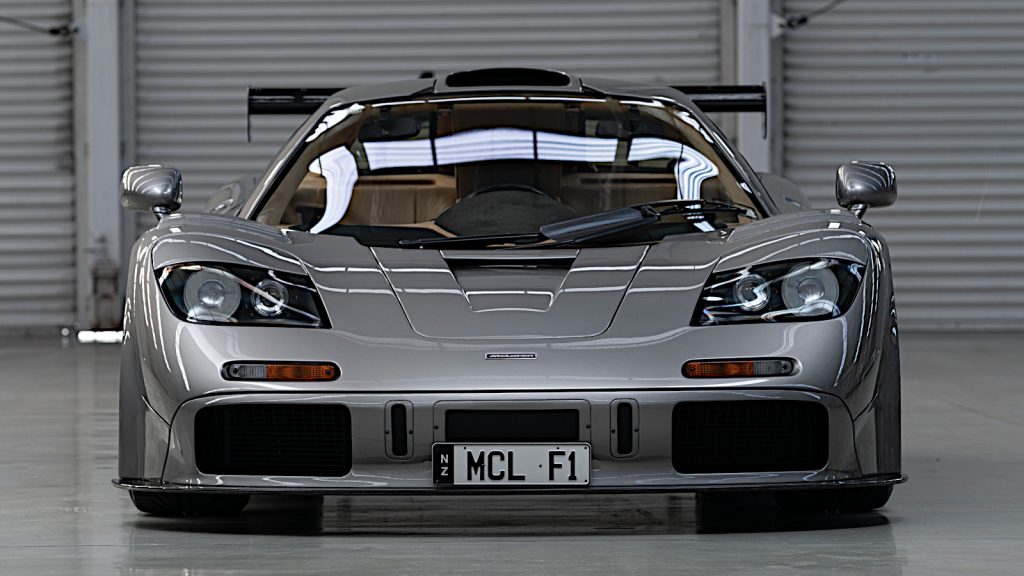📍 ‘It wasn’t built to impress. It was built to humiliate physics.’
The McLaren F1 wasn’t a supercar. It was a divine accident — a moment when money, genius, and ego aligned at 240 mph.
Three seats, one purpose: dominance.
Gordon Murray didn’t design a car; he built a rebuttal to compromise.
No turbos, no traction control, no nonsense.
Just purity, noise, and 627 horses whispering: ‘You’ll never be this good again.’
This is how perfection sounds at full throttle.
Read On…..
◼︎ In 1988, Gordon Murray — fresh from McLaren’s Formula One glory — decided road cars were too ordinary.
◼︎ His solution? Build one that wasn’t.
◼︎ The McLaren F1 emerged in 1992 like a visitor from another planet: a carbon-fibre monocoque, a central driving position, and gold foil in the engine bay — because, of course, gold is the best heat reflector.
◼︎ Practicality was politely escorted out of the design studio.
◼︎ Its 6.1-litre BMW V12 didn’t roar; it sang, effortlessly propelling it to 240.1 mph.
◼︎ At that moment, it wasn’t just the world’s fastest car — it was civilisation’s middle finger to mediocrity.
◼︎ Owners included sultans, stars, and secretive billionaires. Each knew they weren’t buying a car, but an event.
◼︎ Even today, a McLaren F1 doesn’t enter a car park — it descends into it.
◼︎ The modern supercar world may be louder, quicker, flashier.
◼︎ But none have matched the F1’s quiet confidence — the rarest luxury of all: not needing to prove it.
📍 ‘Built with gold leaf, priced like guilt, and driven like sin’![]()

